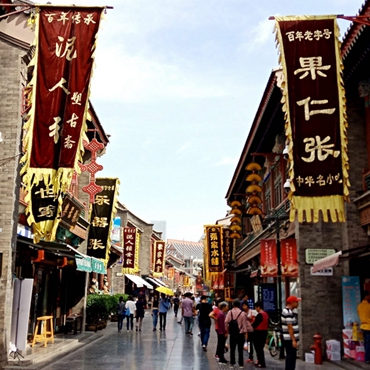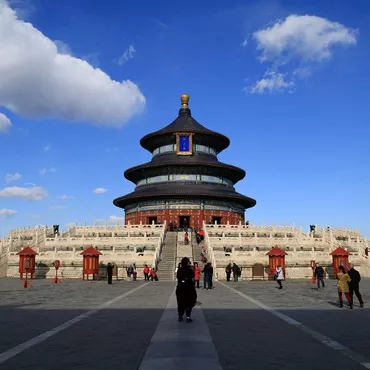Huangyaguan Great Wall
Located 28 km north of Jixian Country, about 120 km north from Tianjin and 80 kilometers from Beijing, the Huangya Pass of Great WalI was originally built in 557 and later renovated and lengthened in Sui Dynasty (581-618) and again rebuilt during the Ming Dynasty (1368-1644). In 1987, it was repaired and began to receive tourists. The Huangya Pass contains the section of the Great Wall that extends northward to Hebei Province. Since 2000, Huangyaguan holds its annual marathon race. More than 1400 people from over 30 countries enthusiastically take part in this race every year. It greatly enhances the reputation of the Huangyaguan Great Wall as an indispensable section of this national monument.


The Huangyaguan Great Wall consists of two sections, namely, Huangyaguan and Taipingzhai, of which the former is the center. Guancheng was itself a perfect defensive project and it is also where Bagua Village (The Eight Diagrams Village) is situated. Bagua Village was built in the Ming Dynasty according to the Eight Diagrams created by Fuxi (an ancient tribal leader). Taipingzhai is located to the southeast of Huangyaguan. Guafu Tower (Widow Tower) is seated in the west of it and is a square watchtower. It was said that during the Ming Dynasty 12 widows of frontier soldiers donated their pension and built this tower. People named it Widow Tower as a memorial to these women and their spirit. With its walls and towers built on mountain ridge with an average altitude of 738 meters, the Huangyaguan is really overwhelming. It winds its way across mountains like a dragon. Guarding a stronghold, it has been the north entrance of Jinxian.














